Rebeca Nakapun holding a wooden cup after milking 20 goats. Turkana County, Kenya. Photo: Anna Moghilda.
This photo shows how much milk a mother of 6 children could get from 20 goats. It was back in February 2019 during the dry season, in the northern part of Kenya, albeit the drought spells replicate annually.
For a significant population of the Horn of Africa, pastoralism and agropastoral livelihood represent a critical and a main way of life and income to survive and support own families. The seasonal mobility of own livestock, mostly cattle, sheep, goats and camels, is an inherent way to pastoralists – they move their animals in search of water and pasture when there are no longer available in their inhabited areas.
In addition to this, pastoral communities experience restriction on mobility of their cattle, conflicts and stricter cross-border control that produce threats to tenability of pastoral livelihood.
Read full article:(https://www.africa.undp.org/content/rba/en/home/presscenter/articles/2020/transhumance-routes-for-survival.html)

